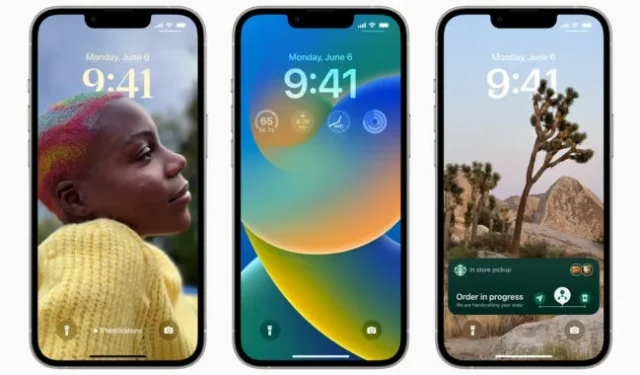Apple has released iOS 17 and iPadOS 17 (and their first minor patch, version 17.0.1) to the public this week, and by most accounts, it’s a fairly mild and stable update that doesn’t seem to be breaking much. But a few years ago, as you might recall, Apple made a change to how it handles operating system transitions—iOS 16 will keep getting updates for a short stretch so that people who want to wait a bit before they upgrade can do so without missing important security updates.
The iOS and iPadOS 16.7 update covers all devices that could run version 16, including older stuff like the iPhone 8, iPhone X, and first-gen iPad Pro that can’t be upgraded to version 17. In a couple of months, if precedent holds, newer devices will have to upgrade to keep getting security fixes, while iOS 16 updates will continue to support older devices for at least another year.
On the Mac side, Apple continues releasing security updates for operating systems for two years after they’re replaced by a new version. For the last year, that has meant that versions 11, 12, and 13 (Big Sur, Monterey, Ventura) have all been getting patches. Now that version 14 (Sonoma) is around the corner, version 11 will stop being updated.
There’s just not as much precedent for this in iOS and iPadOS. After iOS 13 dropped support for a substantial group of iPhones, including popular models like the iPhone 6, Apple released fairly regular security updates for iOS 12 for around two years, similar to how it handles Mac updates. Apple could keep releasing security updates for iOS 15 and iOS 16 this year.
But the company rarely if ever elaborates on its update timelines or plans for the future, so we likely won’t know for sure until we’ve seen another round or two of security updates. The most recent update for iOS 15, version 15.7.9, was released earlier this month.


